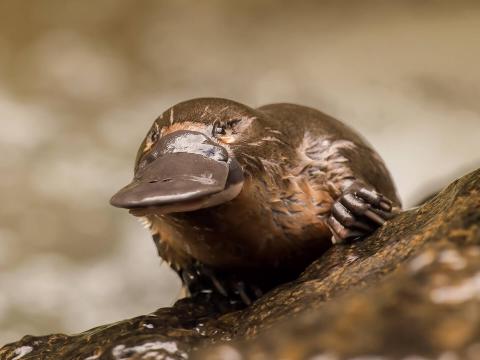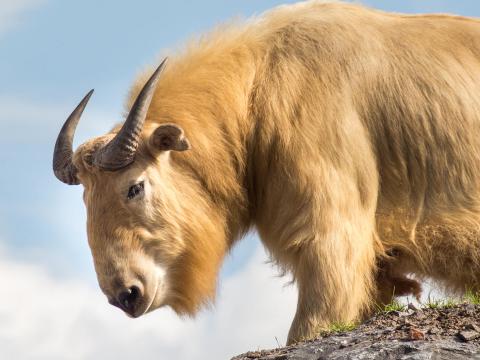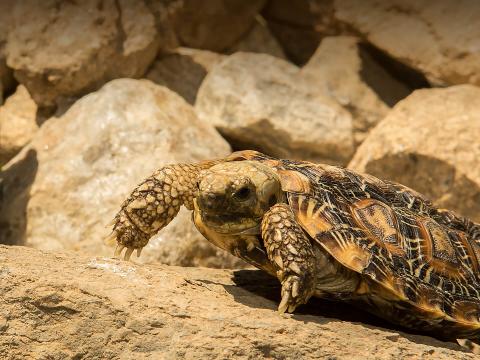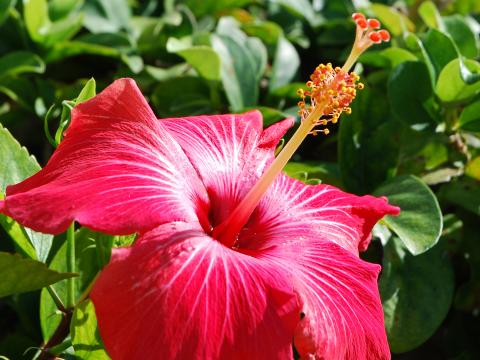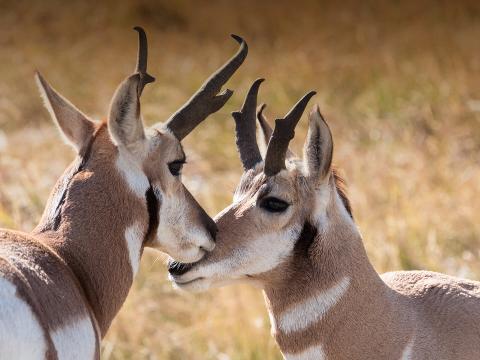Koi
- CLASS: Actinopterygii (Ray-finned fishes)
- ORDER: Cypriniformes
- FAMILY: Cyprinidae
- GENUS: Cyprinus
- SPECIES: carpio
- SUBSPECIES: C. carpio haematopterus
ABOUT
Koi are ornamental varieties of domesticated common carp that originated in Japan. They are kept for decorative purposes in outdoor ponds with very clean, oxygenated water and plenty of shade (the fish are susceptible to sunburn!). There are over 100 varieties of koi, which can be red, white, black, yellow, brown, gray, and green, and many combinations thereof. Koi resemble oversized goldfish and, in fact, koi and goldfish are both types of carp.
In the 1600s, Chinese farmed carp in rice paddies as a food source, a practice that traveled to Japan. The Japanese noticed odd color variations in some of the carp and bred them, creating a rainbow spectrum of koi species. Koi were prized by royalty; by the 1900s, koi were being bred in Europe, England, and the US. By the 1960s, keeping koi as a hobby had caught on around the world. Today, they are kept as pets on 6 out of 7 continents.
Koi are culturally significant and represent love and friendship in Japan. Some koi can live over 200 years, so they are passed down from generation to generation and considered a family heirloom in Japan. Varieties of koi are distinguished by their coloration and scale pattern. They are social, "schooling" fish.
According to a popular feng shui website, the Japanese name and symbolism for some different koi include:
- Kohaku: white body with red spots (symbolizes success in your career)
- Kumonryu: unique type of koi, either solid black or white body with black spots; its pattern changes as the koi grows (symbolizes life changes and transformations)
- Ogon: silver-colored body (symbolizes success in business, wealth)
- Kuchibeni: white-and-red patterned fish referred to as the "lipstick" koi, since the red color around its mouth resembles puckered lips (symbolizes love and long-lasting relationships)
- Yamabuki: gold-colored body; this is a popular restaurant name (symbolizes riches and wealth).
HABITAT AND DIET
These domesticated carp can live in aquariums, but their true value is in outdoor ponds and water gardens. They are mostly vegetarians—rice and corn are among koi's favorite foods—but they will also eat live shrimp and even their own young, called "fry," before the little fish's coloration comes in. To ensure healthy, long-lived koi, it is best to give them standard koi food, which is at least 30 percent protein.
Koi can be taught to eat from a person's hand.
FAMILY LIFE
Koi are docile, social fish. Other fish species can be added to their pond if they are not aggressive.
These fish reproduce through spawning, usually in early summer, where a female lays a vast number of eggs and at least one male fertilizes them.
CONSERVATION
Koi breed well in managed care and are prized fish among collectors. They are not endangered.
By supporting San Diego Zoo Wildlife Alliance, you are our ally in saving and protecting wildlife worldwide.




